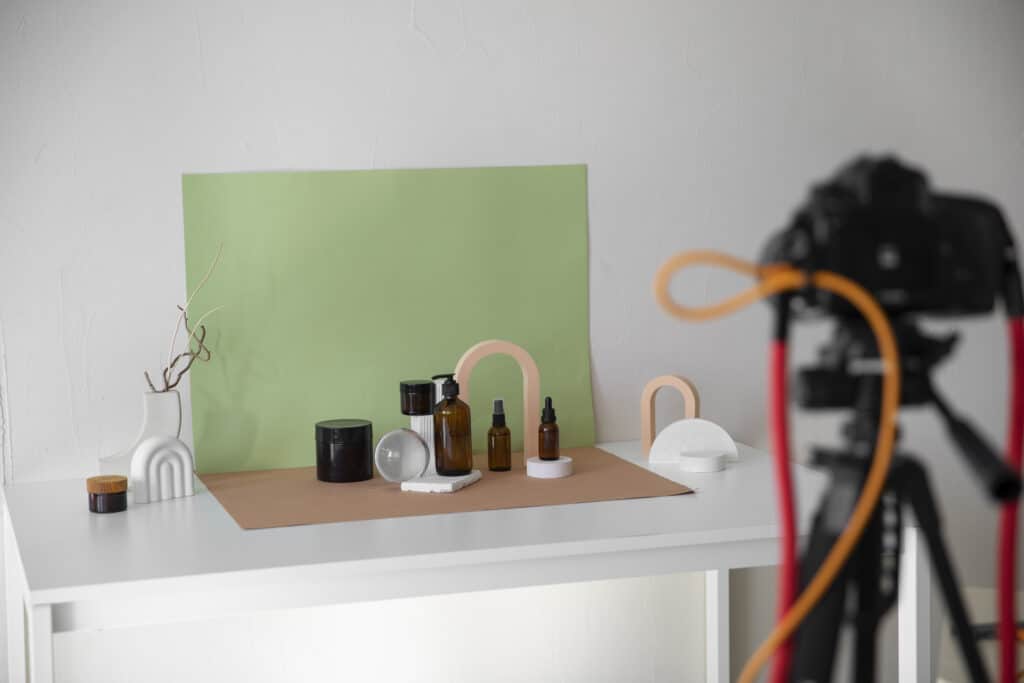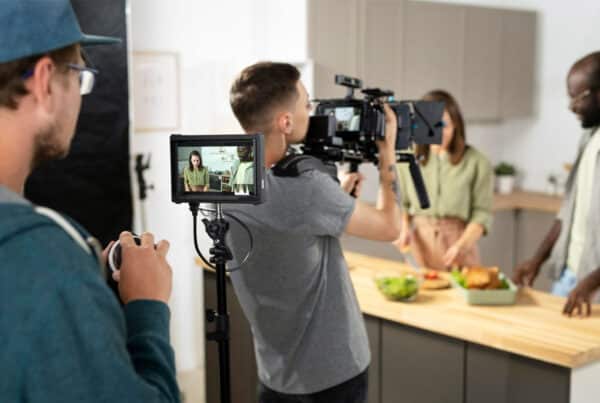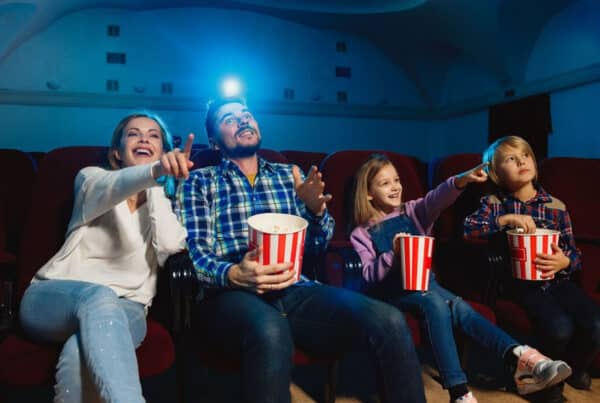
Introduction to 360 Product Photography
In the bustling world of e-commerce, where first impressions can make or break a sale, 360-degree product photography emerges as a game-changer. This innovative approach allows customers to interact with products in a way that traditional 2D images simply cannot match. By providing a comprehensive, interactive view, 360-degree photography enhances the online shopping experience, increases customer engagement, and significantly reduces return rates. As e-commerce continues to grow, adopting 360 product photography is becoming essential for businesses aiming to stand out in a crowded marketplace.
Key Benefits of 360 Product Photography in E-Commerce
Enhanced Product Understanding
360-degree images offer a complete, interactive view of products, allowing customers to inspect every angle and detail with ease. Unlike static 2D images, which can leave much to the imagination, 360 photography provides a realistic representation of the product. This interactive experience helps customers understand the product better, leading to more informed purchasing decisions. Studies have shown that customers engage more deeply with 360 images, spending more time examining the product and feeling more confident in their choices.
Increased Conversion Rates
When customers have a clear and detailed view of a product, they are more likely to proceed with a purchase. The confidence gained from seeing a product in 360 degrees translates into higher conversion rates. Statistics indicate that e-commerce sites utilizing 360 product photography see improved engagement and reduced cart abandonment rates. By offering a richer visual experience, businesses can convert more browsers into buyers, ultimately boosting sales.
Reduction in Return Rates
One of the significant challenges in e-commerce is managing return rates, which can be costly and time-consuming. 360 product photography helps mitigate this issue by setting realistic product expectations. When customers can thoroughly inspect a product before purchasing, they are less likely to be surprised or disappointed upon receiving it. This transparency reduces the likelihood of returns, as customers have a clearer understanding of what they are buying.
Technical Aspects of 360 Product Photography
Choosing the Right Equipment
To achieve high-quality 360-degree images, selecting the right equipment is crucial. A camera with quality lenses and a reliable turntable are essential for capturing smooth, consistent images. Additionally, professional lighting setups, such as continuous LED lights or strobes, are vital for ensuring clarity and highlighting product details. Proper lighting eliminates shadows and glare, resulting in crisp, professional-looking images.
Importance of Quality and Consistency
The number of frames captured during a 360-degree shoot significantly impacts the image quality. Using 72 frames or more ensures smooth, high-quality rotations that enhance the viewing experience. Consistency is also key; maintaining a clean setup and paying attention to detail during the shoot minimizes the need for extensive post-editing, ensuring a polished final product.
Implementing 360 Product Photography for E-Commerce Success
Platform Compatibility
Before implementing 360 product photography, it’s essential to ensure that your e-commerce platform supports this feature. Many platforms offer plugins or software options that facilitate the integration of 360 images. It’s also important to consider the user experience on both mobile and desktop devices, ensuring that interactive views are accessible and functional across all platforms.
Cost and Production Time Management
For small businesses, budget-friendly tools and software can make 360 product photography more accessible. By investing in efficient production processes and scalable solutions, businesses can manage costs while still delivering high-quality images. Strategies such as batch processing and streamlined workflows can help reduce production time, making it easier to incorporate 360 photography into regular operations.
Tips for Successful 360 Product Photography
Know Your Product
Understanding the unique characteristics of each product is essential for tailoring the photography setup. Different products may require specific lighting, angles, or backgrounds to showcase them effectively. By customizing the setup to suit the product type, businesses can ensure optimal display and highlight key features.
Display Optimization
Proper product placement on turntables is crucial for reducing shadows and achieving a balanced view. Ensuring that the product is centered and stable helps maintain consistency throughout the rotation. Attention to detail in the setup phase can significantly enhance the final image quality.
Light Control
Choosing the right lighting is vital for avoiding glare or distortion in 360 setups. Soft, diffused lighting is often preferred, as it minimizes harsh shadows and highlights the product’s features without overpowering them. Experimenting with different lighting setups can help achieve the desired effect and enhance the overall image quality.
Case Studies or Examples
Several companies have successfully leveraged 360 product photography to boost sales and reduce returns. For instance, an online apparel retailer saw a significant increase in conversion rates after implementing 360-degree views, as customers could better assess the fit and fabric of clothing items. Similarly, a furniture e-commerce site reported a decrease in return rates by providing detailed, interactive views of their products, allowing customers to visualize them in their homes more accurately.
Conclusion
In the competitive world of e-commerce, 360 product photography offers a powerful tool for enhancing customer trust, reducing returns, and increasing engagement. By providing a comprehensive view of products, businesses can offer a more transparent and interactive shopping experience, ultimately leading to higher sales and customer satisfaction. As the digital landscape continues to evolve, investing in 360 photography is a strategic move for e-commerce stores looking to stay ahead of the curve and deliver exceptional value to their customers.
Boost your e-commerce success with 360 product photography! Contact Virtually Anywhere today to discover how immersive, interactive visuals can enhance customer engagement, increase conversions, and set your brand apart. Give shoppers a closer look at your products and build trust with high-quality 360 photography. Start transforming your online store today!




